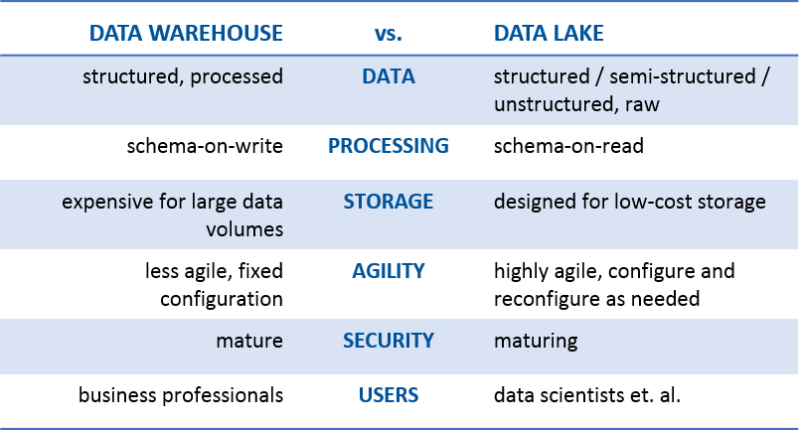Machine learning makes it possible to discover patterns in supply chain data by relying on algorithms that quickly pinpoint the most influential factors to a supply networks’ success, while constantly learning in the process.
Discovering new patterns in supply chain data has the potential to revolutionize any business. Machine learning algorithms are finding these new patterns in supply chain data daily, without needing manual intervention or the definition of taxonomy to guide the analysis. The algorithms iteratively query data with many using constraint-based modeling to find the core set of factors with the greatest predictive accuracy. Key factors influencing inventory levels, supplier quality, demand forecasting, procure-to-pay, order-to-cash, production planning, transportation management and more are becoming known for the first time. New knowledge and insights from machine learning are revolutionizing supply chain management as a result.
The ten ways machine learning is revolutionizing supply chain management include:
- Machine learning algorithms and the apps running them are capable of analyzing large, diverse data sets fast, improving demand forecasting accuracy.
- Reducing freight costs, improving supplier delivery performance, and minimizing supplier risk are three of the many benefits machine learning is providing in collaborative supply chain networks.
- Machine Learning and its core constructs are ideally suited for providing insights into improving supply chain management performance not available from previous technologies.
- Machine learning excels at visual pattern recognition, opening up many potential applications in physical inspection and maintenance of physical assets across an entire supply chain network.
- Gaining greater contextual intelligence using machine learning combined with related technologies across supply chain operations translates into lower inventory and operations costs and quicker response times to customers.
- Forecasting demand for new products including the causal factors that most drive new sales is an area machine learning is being applied to today with strong results.
- Companies are extending the life of key supply chain assets including machinery, engines, transportation and warehouse equipment by finding new patterns in usage data collected via IoT sensors.
- Improving supplier quality management and compliance by finding patterns in suppliers’ quality levels and creating track-and-trace data hierarchies for each supplier, unassisted.
- Machine learning is improving production planning and factory scheduling accuracy by taking into account multiple constraints and optimizing for each.
- Combining machine learning with advanced analytics, IoT sensors, and real-time monitoring is providing end-to-end visibility across many supply chains for the first time.
Read more at 10 Ways Machine Learning Is Revolutionizing Supply Chain Management
If you find this article interesting, consider sharing it with your network, and share your opinions with us in the comment box.






























